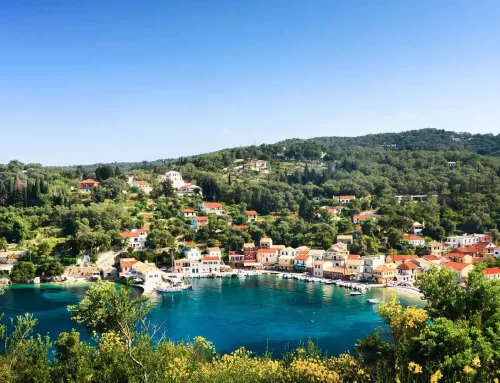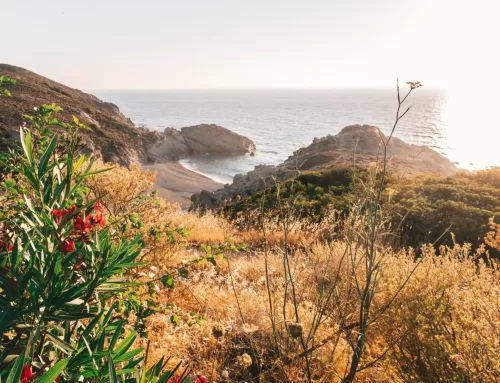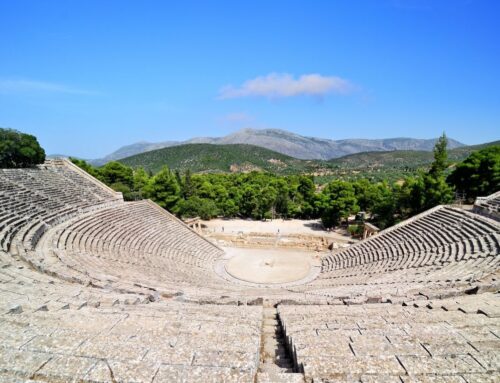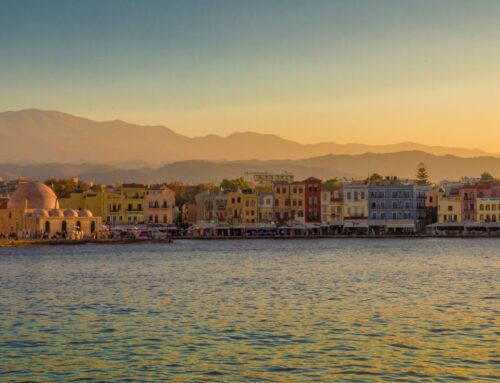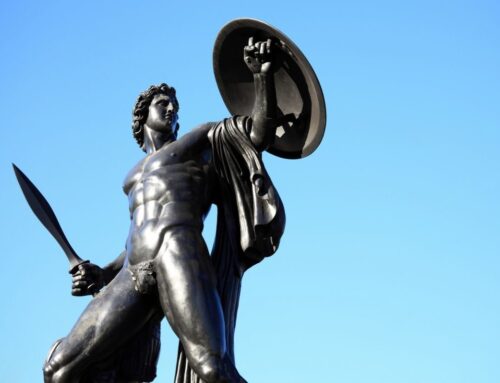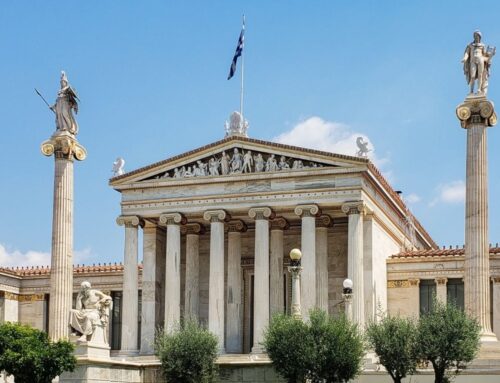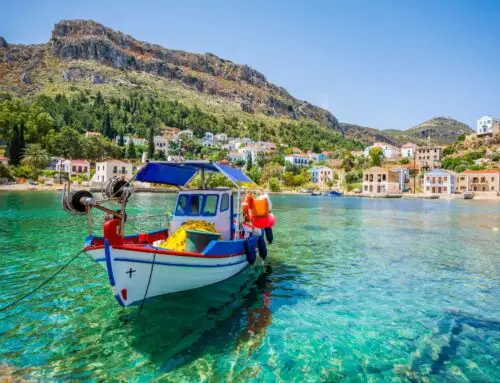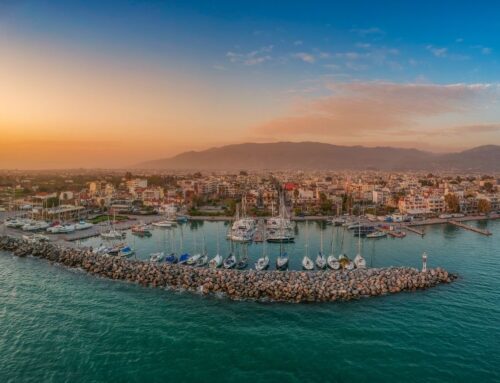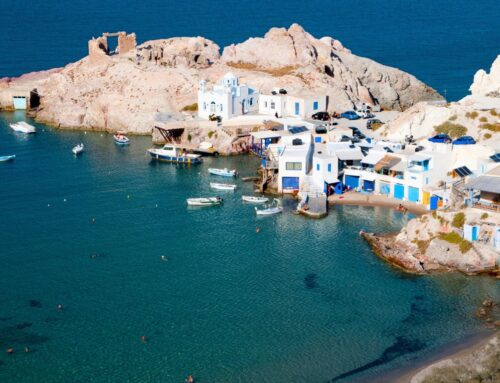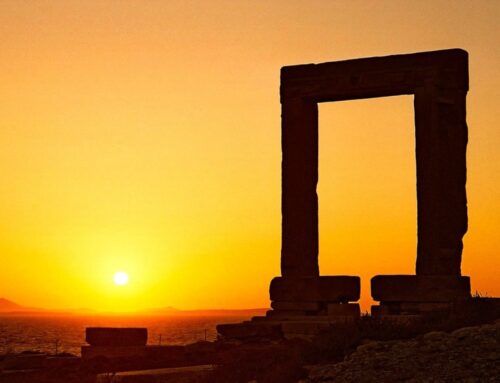The Women Rulers Of Ancient Greece We Need To Remember
The Women Rulers Of Ancient Greece We Need To Remember
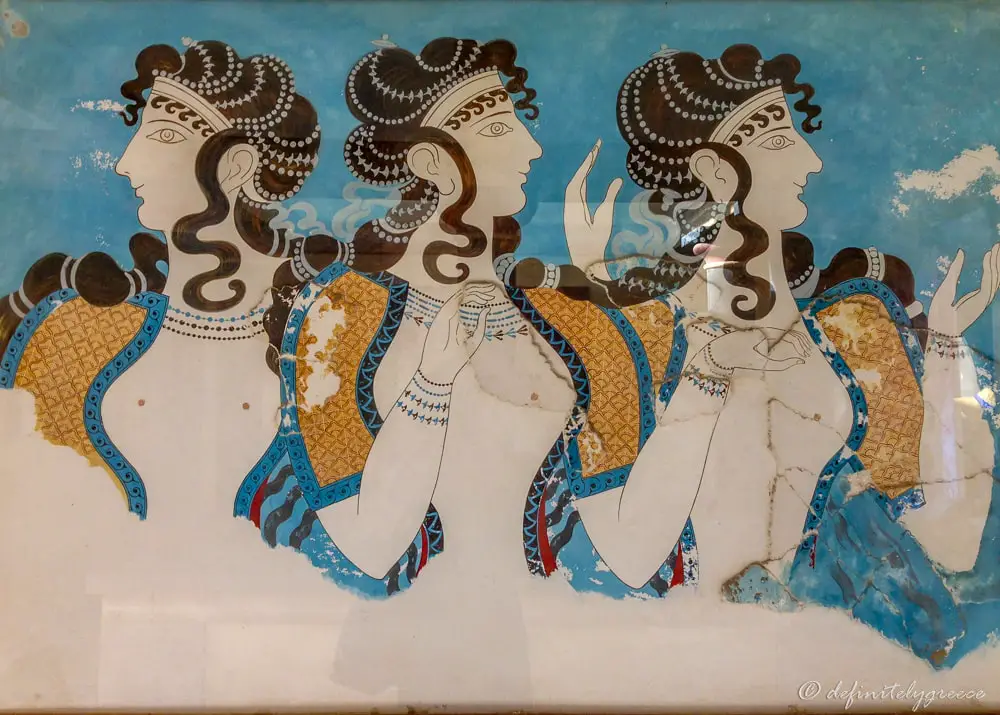
☞ Table of Contents:
There is so much written about the role of women in antiquity. What do you know about cases of women rulers traced in history? Generally speaking, we would say that societies were mostly male-dominated. Most of them had the female role confined into family affairs, as wife and mother. The female, through her ability to create life, assured the survival and continuation of the race, while the male took up the role of protecting and supporting the household.
This was a fact that has formed and determined the role of women in various societies from prehistorical times until the most recent centuries. Of course there have been some cases where motherhood has established a matriarchical type of society. In these cases the woman that created life was placed on the top of the hierarchy. She was the ruler of both political, social and productive life. However, in all other cases she was just rendered to a trophy, an object of male desire that used her to ensure the continuation his family line.
Ancient Greece was a society where we can observe both these lines of thought. The concept of male superiority is a familiar and common one for the Ancient Greeks but on the other hand there are notable cases of functional and productive societies that honoured females as natural rulers.
Let’s get to know these famous women rulers:
The Cretan Women Rulers
Krinus, with the shaking of what the bull did, took turns and jumped softly like a feather on the back of the bull. She stood firmly on her hands and struck her feet twice in the air and suddenly she put all her power and she made air flip and fell behind the bull.
(Extract by the novel In the palaces of Knossos by Nikos Kazantzakis)
Minoan Crete held a very different role for women than the typical male dominated society. The Minoan woman was ubiquitous. Not only were women involved in the religious and social life in Minoan civilization but it would be more correct to say that they were the center of it. The strength, bravery, grace and beauty of the women rulers of Crete were an ideal ensemble that represented the culture of Crete and created feelings of respect and pride.
☞ Related: The Beauty Secrets Of Women In Ancient Greece
The way that the Cretans understand and symbolize power clearly shows that the woman was the real ruler. It is also important to remember, that the Minoan civilization and religion is 1000 years older than the Classical Greek era which explains why the Cretan pantheon is slightly different than the twelfth god system. The Throne Room in Knossos Palace in Crete which holds both a religious and a secular character belongs to the Great Goddess and the Priest- King as well. Unlike the twelfth god religion it is the Great Goddess who is the superior one and the ruler of the pantheon, not the young male god.
☞ Related: 5 Olympian Gods & Their Greek Island
This powerful woman is the Goddess of Sun, the Goddess of Fertility and the Queen of the Pantheon. This is the reason why she always sits on the Throne, while the young god is always depicted standing up next to her. Some scientists have suggested that this posture and the physical depiction of the Goddess with full heavy breasts, is because the godly couple is a mother and son and not a husband and wife.
The Cretans took advantage of special occasions, to honour Mother Earth or the Sea by organizing festivals and partaking on celebratory activities including sporting events. Locals and visitors from all parts of the then-known world would gather to watch the glorious feasts. The stars of these festivities were women. The daughters of the king, beautiful Ariadne and Faedra, would dance with snakes that showcased their grace, their beauty and their connection to Mother Nature. The climax of this festive ritual was Tavrokathapsia, or bull-dancing. A show of craft, skill and bravery, which was the highest honor to the sacred animal, Taurus, and a parallel expression of faith in the power and ability of young people.
It is interesting to know that both women and men participated equally in those games. Strong and brave Cretan teenagers of both sexes would perform wonderful stunts. They ran with grace, grabbed the horns of bulls, turned their bodies in the air and landed on the ground behind the dangerous animal. The spectacle must have been unique, as reflected in the frescoes of the palaces of Knossos. So it’s more than true to say that the Cretan girls knew how to take the bull by the horns!
The Spartan Women
Spartan women were honoured for giving birth to warriors.
While women rulers in the ancient world were few and far between, the Spartan women came fairly close. There was no other city of Ancient Greece that held such freedom and social status for women as did Sparta. Only here did women possess financial power and influence. All young girls participated in sports and were educated in public schools in contrast with what was the custom in other Greek cities where most women were totally illiterate.
A common comment from visitors of Sparta was that Spartan women had strong opinions that were freely expressed in public and in some cases they even forced their husbands to go along with it!
Of course, ancient Spartan women were not as free as we are nowadays. Their principal social roles were those of a wife and a mother. Their fathers chose the right husband for them and they did not have the right to vote or to stand for elections. Nevertheless the Spartan women enjoyed such social status and privilege that was characterized as scandalous from the rest of the ancient world.
Their freedom began as soon as they were born. Sparta’s laws demanded that female infants and children should get equal care and upbringing as their male siblings. You would be lucky if you were a girl and you were born here as in other cities you could get less nutritious food and less care than your baby brother. As you can imagine there was no chance for the Athenian or the Corinthian girls to exercise, learn or freely participate in public activities.
In Sparta the young girls would also attend lessons in public schools even if it was for a shorter period than their brothers. At school they participated in sport activities. But as Plato comments in his book Protagoras the education was more than just physical. In Sparta “not only men but also women were proud of their spiritual cultivation”.
When Spartan girls were sexually mature they were not pushed to get married as was the custom in other cities. They wouldn’t suffer psychological and physical abuse from premature sex and birth giving. Spartan laws clearly stated that girls should get married only when they are in an appropriate age to enjoy love. For them sexual contact for an immature girl was a clear act of violence and they condemned it as they did violence in marital relationship.
Another practice that was different for Spartans was the difference in age for the couple. In all the ancient world it was common for a girl to be forced into marriage with a much older man; but that was not the case for the Spartan young women. Spartan young brides were usually 4 or 5 years younger than the grooms. Sparta was interested in having healthy and strong citizens and they knew that they had to keep both parties of their society satisfied.
As the men of Sparta devoted their lives to military and public services, the Spartan women took care of the family’s estate. That meant that they had control of the familial wealth and the integrity of the agricultural economy. The citizens depended on their wives productivity and management to pay for food and tuition fees for their sons. That put great power in the female hands. Usually, women in antiquity were not allowed to control more money than the amount necessary for buying a bowl of cereals. They could also inherit and transfer wealth in contradiction to women from other places that could not possess anything. Of course such an economic power had a serious impact in social rise of Spartan women. That is why they could have such a strong opinion for various matters even for politics. Women rulers were rare in ancient times and Aristotle claimed that Spartans were ruled by their wives and one main reason that everyone should reject Sparta’s constitution was because of the freedom they gave women.
When King Leonidas’s wife Gorgo was asked why Spartan women were the only women in Greece that “ruled” their husbands, she answered: “… because we are the only women to give birth to men”. In other words only men that were confident enough to accept women as equal were real men.
The first recorded love poem has been written by a Spartan poet for Spartan ladies.
Lady’s song (extract)
I wonder is it the revenge of Gods?
Nevertheless blessed he who passes his life with no tears.
But I have to praise Agido’s light
I look at her as the sun that shines.
But my dearest chorister will not allow me to praise her and I can’t blame her for that.
She knows that she is dazzling like the proud horse distinguishes itself from the herd like a flying dream… (Alcman 625 B.C.)[/vc_column_text][vc_column_text]
☞ Related: Top 4 Greatest Modern Poets Of Greece You Should Know About
You will not find any other Greek city where the women were a part of society so harmoniously. Perhaps this is one of the reasons – if not the principal one – that Sparta became great, monopolized the sovereignty and was always considered the City of Brave Men.
The Amazons
The tattooed warriors that traveled to Athens
There was a mythical female tribe of warriors and women rulers that Greek heroes from Hercules to Theseus fought against to prove their worth. The Amazons. Recent archaeological findings have proved that there really was a society of women that corresponded to the description of the Amazons.
They lived in the northern and eastern regions of the Mediterranean. Here, archaeological digs have revealed skeletons of women that were buried with their weapons, such as arrows and the remains of their horses.
The Amazons were powerful, independent women, inspiring awe and fear in those who were not accustomed to this type of female ruler. That is the reason why most narratives form a “barbaric” picture of them, although many stories of love and friendship with men have also been preserved.
They are usually represented as courageous fighters that died heroically, some of which can be seen on the pediments of the western side of the Parthenon, where the Amazons invaded Athens. According to the legend, the Amazons arrived in Athens to free or avenge the abduction of their beautiful and brave queen Antiope by Theseus.
The Amazons might not have been such bad girls after all.
Modern scientific research has debunked some of the myths associated with these brave women rulers. They did not have peculiar faces, they did not cut off one of their breasts to throw their arrows better, they did not hate men, and they did not give up motherhood to become warriors.
Graves of women warriors have been found in Vergina Macedonia. King Philippos and Alexander the Great were big admirers of women that were dynamic and trained to fight. Two of Philippe’s wives Meda and Avdate were princesses warriors that originated from Thrace and Illyria. Cynane, the daughter of Avdate and Philippe, was raised by her mother according to the Scythian breeding method and is famous for her fighting abilities. She was also a very brilliant strategist fighting beside her father in Illyria. Antaia, later named Eurydice, followed her mother’s, Cynane’s, steps in special training and in a strategic career. These graves in Macedonia are considered to belong to great women warriors that were raised according to the standards of the Amazons. There are some other well-known stories about Thalestris the Queen of Amazons who met Alexander the Great during his expedition to Asia because she wished to have his child or Kleophe another Amazon that Alexander the Great met on the field of battle in 327 B.C.
What kind of women were the Amazons?
They were well-balanced, dynamic women who made the most out of their sex’s characteristics. Intelligent, powerful, methodical in whatever they did, they organized their lives in the best possible way without giving in to the stereotypes of patriarchal society. They enjoyed work, motherhood, friendship, love, peace and war with the same passion.
One would say that they were multidimensional, as most women do for a long time, without bothering to get into the shadow of a male figure. They would organize their home and raid other kingdoms whenever necessary. They did not hesitate to reach the walls of all-powerful Athens, requesting the return of their queen Antiope.
- These are some cases of women rulers in Ancient Greece. They are truly fascinating to read about and to imagine how they lived their lives. But most of all we admire these women rulers of Ancient Greece for the fact that they managed to overpass challenges and barriers of any kind.
*Disclaimer: This page includes affiliate links. If you decide to book something through one of them, I might get a little bonus, but it won't cost you anything extra.*



